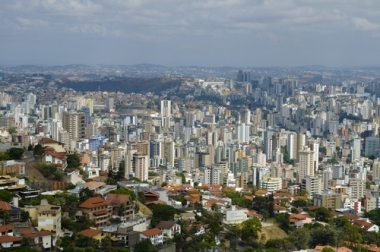European country, located in the western portion of the Scandinavian peninsula, Norway is bathed by the Atlantic Ocean and has land borders with Sweden, Finland and Russia. Part of the national territory is located north of the Arctic Circle, where the Sun remains visible for 24 hours in summer, hence the origin of the term “Land of the Midnight Sun”.
Norway has an extensive coastline, crisscrossed by fjords (narrow and deep gulfs, bordered by mountains). These physical characteristics provide beautiful landscapes, in addition to boosting fishing activity.
With an extremely prosperous economy, the country is a major producer of oil (responsible for 50% of exports) and natural gas. Fishing is another extremely important activity for the national economy, with emphasis on cod, anchovy and tuna. Industries are concentrated in the capital, Oslo, and cities such as Bergen and Trondheim.
Norwegians enjoy an excellent quality of life. According to a report released in 2010 by the United Nations (UN), this nation has the highest Human Development Index (HDI) in the world: 0.938. Environmental sanitation services serve all homes; the infant mortality rate is one of the lowest: 3 deaths per thousand live births; all inhabitants over 15 years of age are literate.

Coat of Arms of Norway
Do not stop now... There's more after the advertising ;)
Data from Norway:
Territorial extension: 323,895 km².
Location: Europe.
Capital: Oslo.
Climate: Ocean temperate (coast), continental temperate (inland) and cold (north).
Government: Parliamentary monarchy.
Administrative division: 19 counties subdivided into 430 municipalities.
Languages: Norwegian (official), Lapão.
Religions: Christianity 94.6% (Protestants 89.6%, Catholics 3.2%, others 1.8%), others 2.8%, no religion and atheism 2.6%.
Population: 4,812,190 inhabitants. (Men: 2,392,221; Women: 2,419,969).
Composition: Norwegians 96.3%, Danes 0.4%, Swedes 0.3%, English 0.3%, Pakistanis 0.2%, North Americans 0.2%, Iranians 0.2%, others 2.1 %.
Demographic density: 14.8 inhab/km².
Average annual population growth rate: 0.9%.
Population residing in urban areas: 77.54%.
Population residing in rural areas: 22.46%.
Undernourished population: less than 5%.
Life expectancy at birth: 79.9 years.
Households with access to drinking water: 100%.
Households with access to a health network: 100%.
Human Development Index (HDI): 0.938 (very high).
Currency: Norwegian krone.
Gross Domestic Product (GDP): 450 billion dollars.
GDP per capita: $82,465.
External relations: World Bank, IMF, OECD, WTO, UN, NATO.
By Wagner de Cerqueira and Francisco
Graduated in Geography
Brazil School Team
countries - geography - Brazil School

